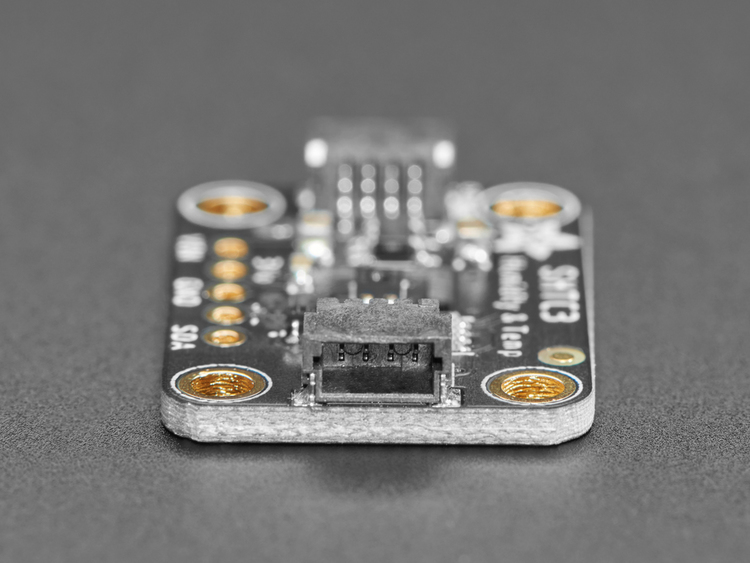

- #Adafruit trinket power consumption install
- #Adafruit trinket power consumption full
- #Adafruit trinket power consumption plus
The soldering is easy and is possible to do by beginners, its a 1-2 hour project (30 minutes if you are a kit-making expert!) Check the tutorial page to see what you'll need to complete the project! We don't include a soldering iron or solder, you can find epoxy or hot glue at most hardware/craft stores.

#Adafruit trinket power consumption install
You'll need some basic soldering and hand tools to install the JST connector on the bottom side of the Trinket and connect your NeoPixel rings. These are fairly easy to put together and should take around an hour to make. The LED rings fit perfectly inside 50mm round goggles and we include a 3.7v 150mAh battery and and Micro Lipo charger so you can run the battery and charge it all while contained in the goggles themselves.

The pack contains almost everything you need to put a pair of NeoPixel Rings in our costume goggles and power them with an Adafruit Trinket. It's a great easy build and when you're done you'll have the coolest accessory.įollow along with our popular Kaleidoscope Eyes tutorial. It even comes with a rechargeable LiPoly battery and charger. One of the most popular Trinket projects now has its own kit pack! Make your very own programmable NeoPixel goggles with 2 x 16 LED rings and an Adafruit Trinket.
#Adafruit trinket power consumption full
Interested in learning more? You can check out the project’s official page here and the full code on Github here.Adafruit Trinket-Powered NeoPixel Goggle Kit PackĪs of October 12th, 2015 this product now ships with an Adafruit Trinket with a micro-USB plug. An RGB mix of 255, 100, 10 (on a scale of 0 – 255) looks like a pretty good candle flame yellow to me.” When the green dips, the light gets dimmer and redder, as if it’s losing oxygen.

“The Arduino code runs a basic fade on the green pixel, causing it to dip down and back every 120 milliseconds, roughly 8 times per second. I plan on replacing them with some theatrical lighting diffusion so nothing bursts into flame - probably not a risk, but you never know,” says Bartlett. “The jars have a white paper disc at the bottom and a tracing paper tube running the jar’s height. A 5V 8-pixel candle using Adafruit’s 8 NeoPixel Stick, with all electronics inside the lid and a 2.1mm power socket on top.
#Adafruit trinket power consumption plus
A 5V single-pixel candle, with Trinket on the outside for powering via USB, plus an extra 2.1mm socket for external wall or battery power.A self-contained 3.3V candle with a single Atmel-based Flora NeoPixel, powered by a tiny rechargeable 150mAh lipo battery inside the lid, with a pushbutton toggle power switch hot glued to the outside of the lid.Thus far, Bartlett has created three prototypes: “I used Adafruit’s Trinket - a tiny, inexpensive board available in 3.3V or 5V flavors. “Its brain is a programmable microcontroller, running a smart RGB LED via a single data pin, housed in the lid of a jar,” Bartlett explains. Enter Bartlett’s LED candle in a jar – just in time for the winter holiday season. Tim Bartlett says he’s always wanted to create a small light with realistic fire (flickering) animation.


 0 kommentar(er)
0 kommentar(er)
